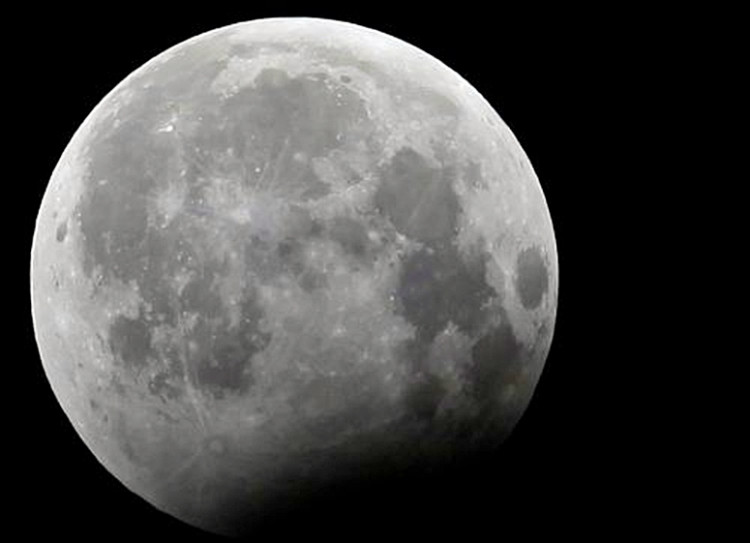China's National Space Administration recently announced that its Chang'e-4 lunar probe and rover have finally seen the light of the sun. This was after more than two weeks of enduring extremely cold nights on the dark side of the moon.
Following its landing on the surface of the moon, the Chang'e probe went into a hibernation process in order to endure the extremely cold temperature of the dark side of the moon which at some point could reach -190 degrees. The probe finally awoke from its hibernation on Tuesday after seeing the light of the sun.
According to Chinese scientists of the country's space administration, temperature readings were colder than initially expected. The lunar temperature was recorded by the Chang'e probe following its awakening after a two-week slumber.
In a statement to Xinhua News, Chang'e mission director Zhang He said, "That's probably due to the difference in lunar soil composition between the two sides of the moon."
China made history in January after the country successful landed the Chang'e-4 spacecraft on the dark side of the moon. This mission marks the first successful soft landing on the moons dark side, the side that does not face the sun. Many observers have noted that this particular feat has propelled China's reputation as a space superpower.
Following its successful descent, the Chang'e-4 released its probe named Yutu-2 or Jade Rabbit-2. The probe studied and took samples from the craft's landing site which is the Von Karman Crater located in the South Pole-Aitken Basin. According to Chinese scientists, the probe is now about 18 meters northwest of the lander and is in constant communication with ground control here on Earth. Communication is made possible through a relay satellite called Queqiao.
Despite being a majorly Chinese undertaking, the Chang'e-4 project is equipped with instruments that were developed by Swedish and German scientists. The mission is slated to study different aspects of the moon including the lunar environment, effects of solar wind on the moon's surface, and radiation effects.
Following the successful landing, one of the first few chores the Chang'e-4 mission took was a photograph of the lander and the rover. Additionally, a camera installed on top of the lander was able to take a 360-degree panoramic photo of its lunar surroundings. The findings and samples of the Chang'e-4 mission were proved to be highly valuable back to scientists here on Earth.






